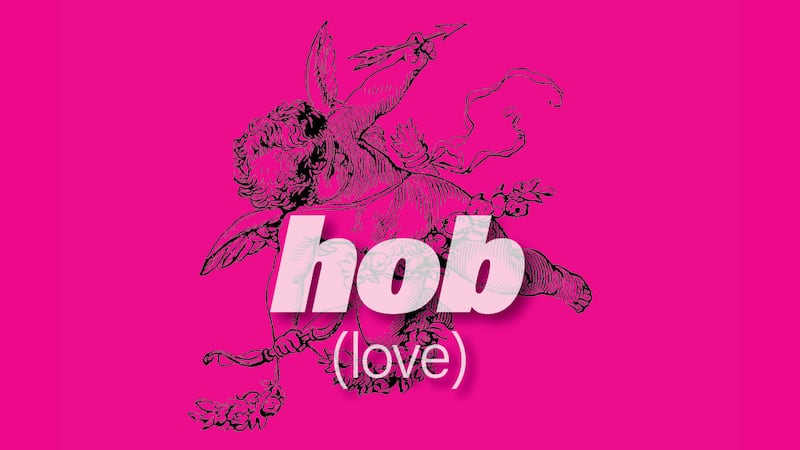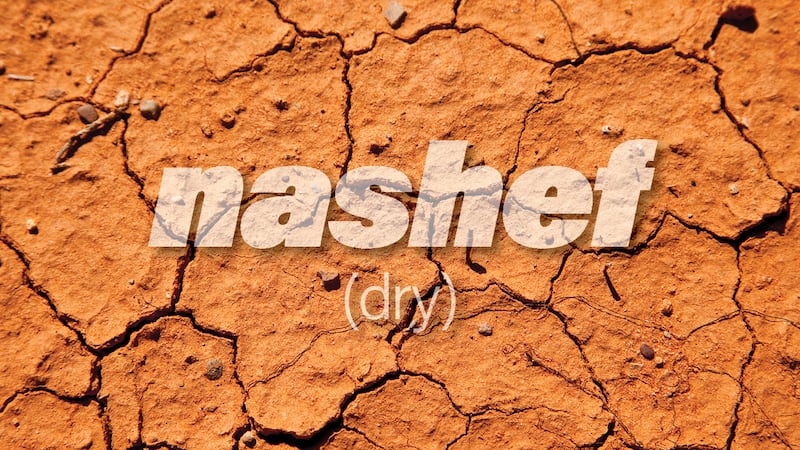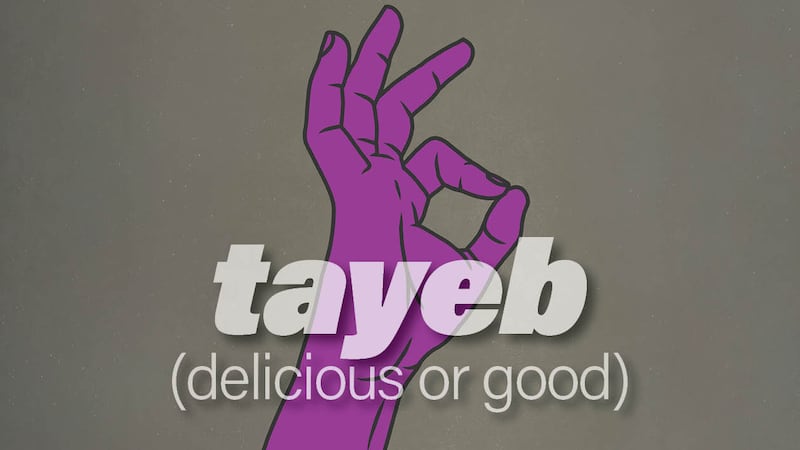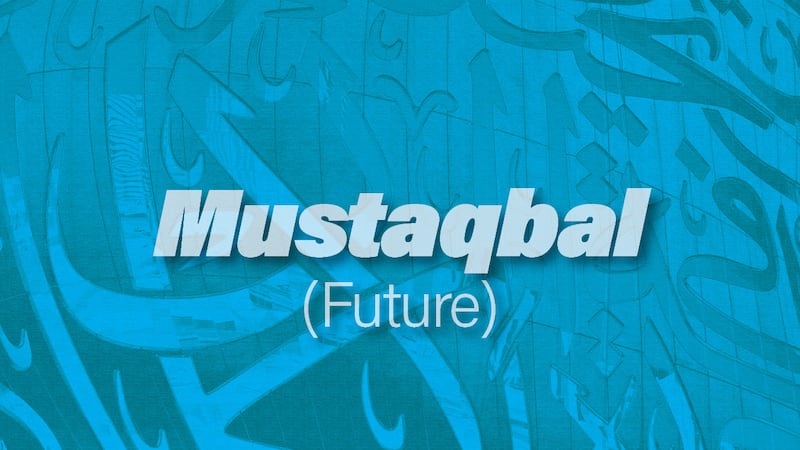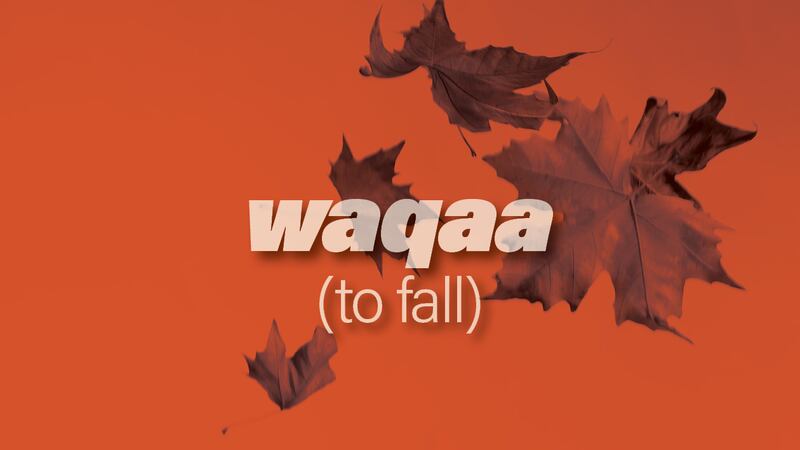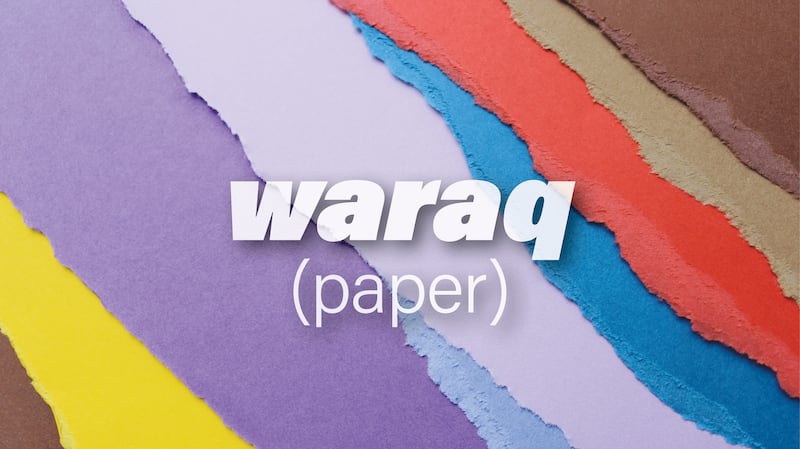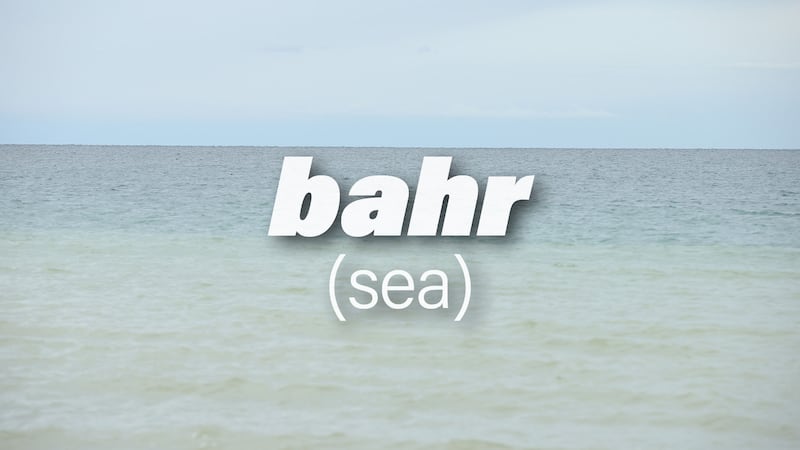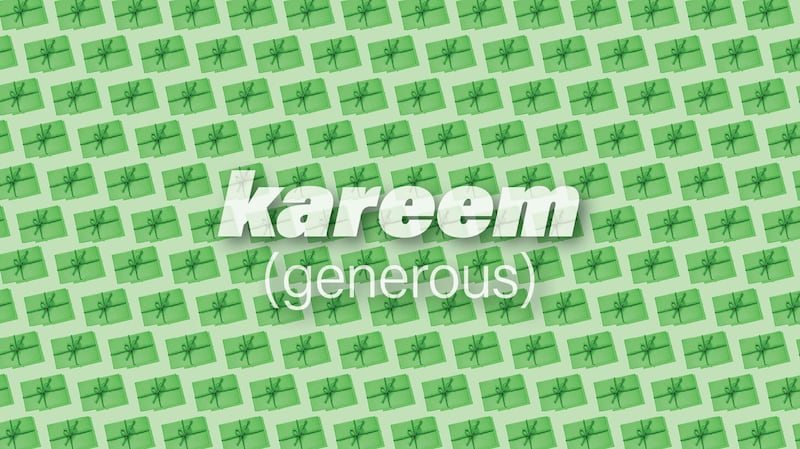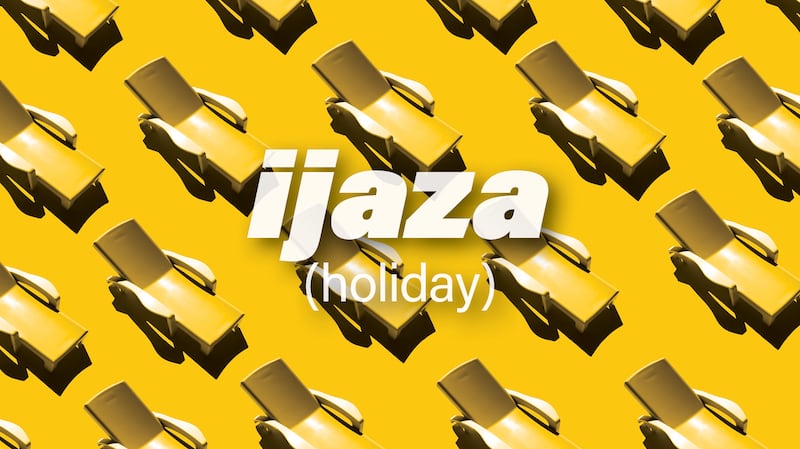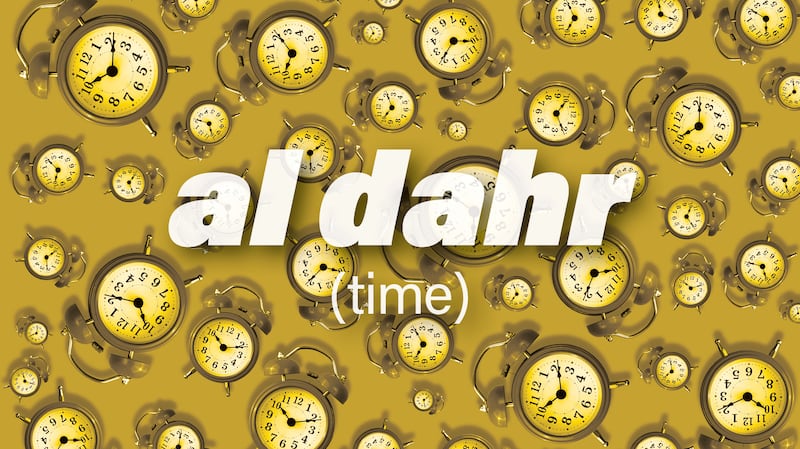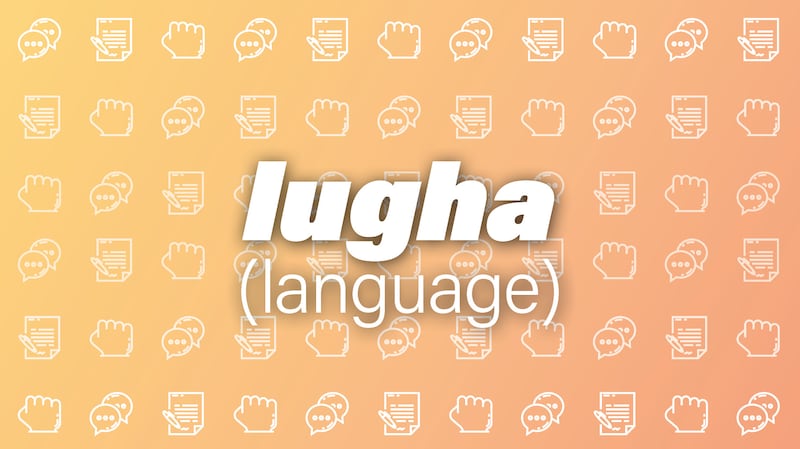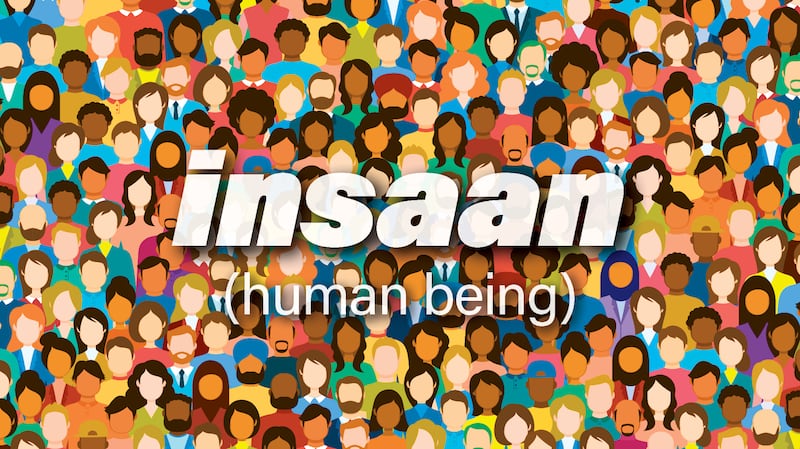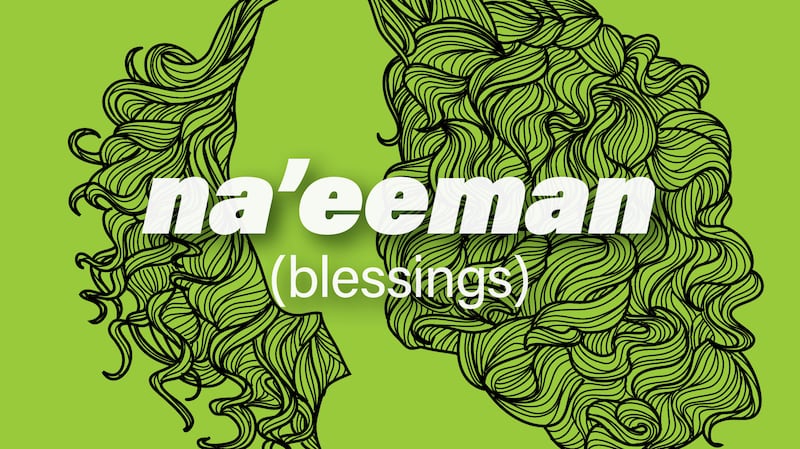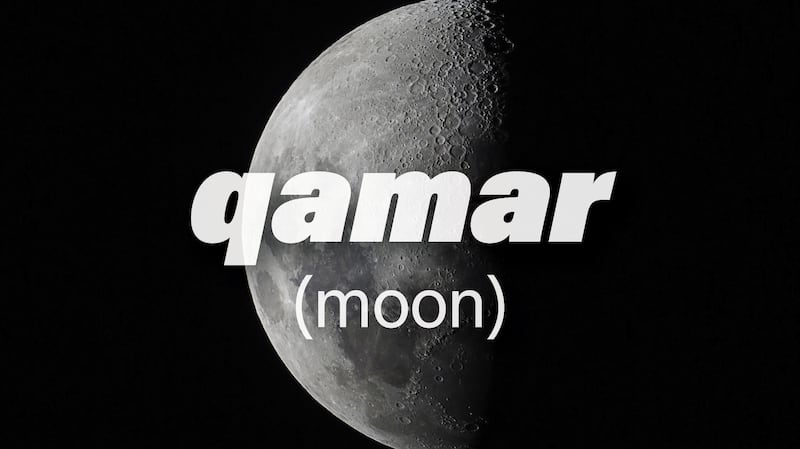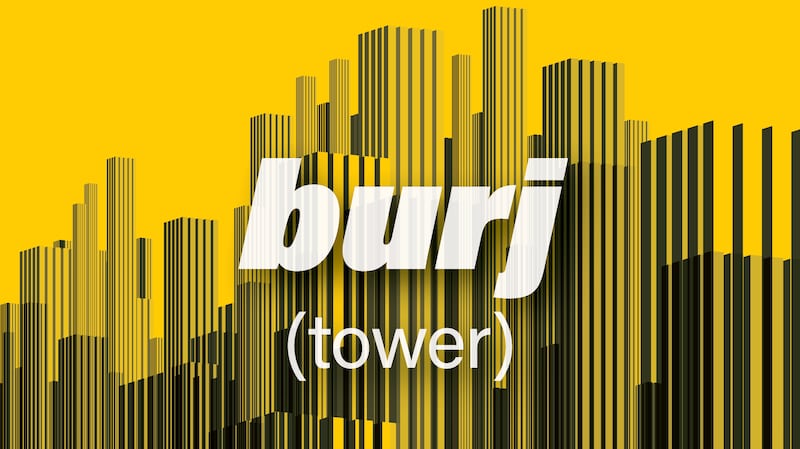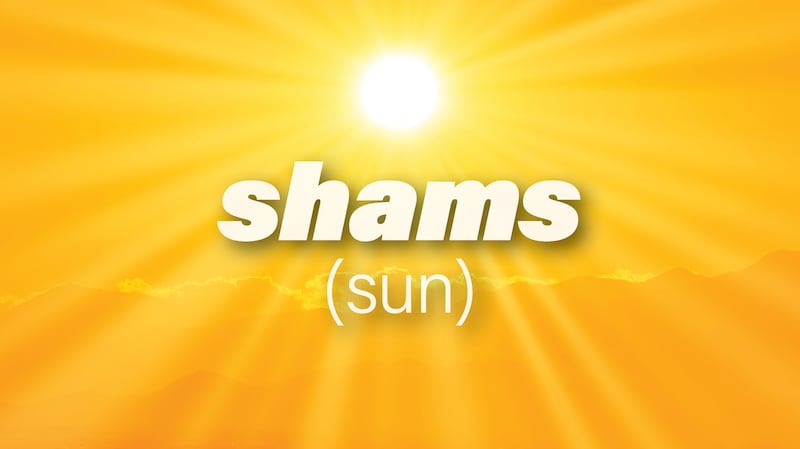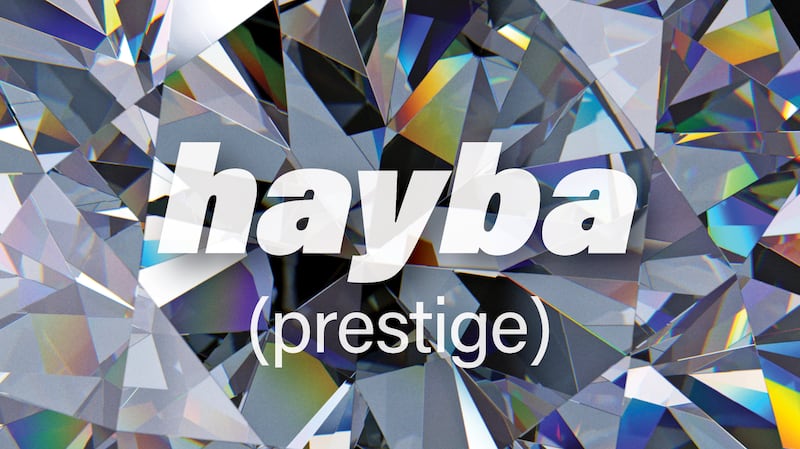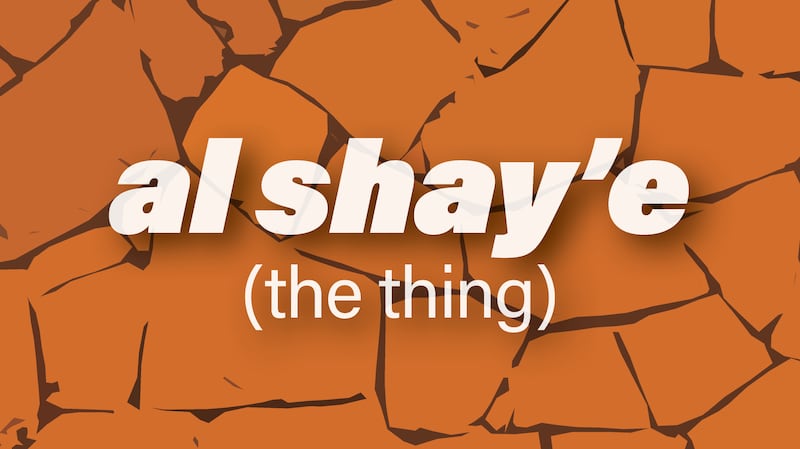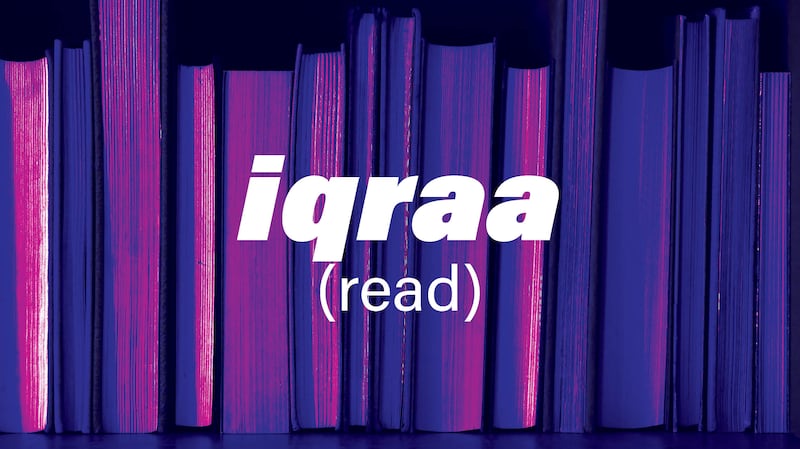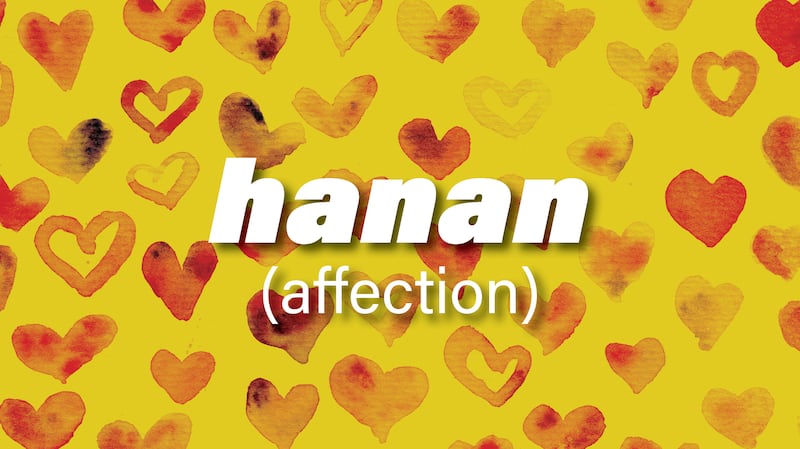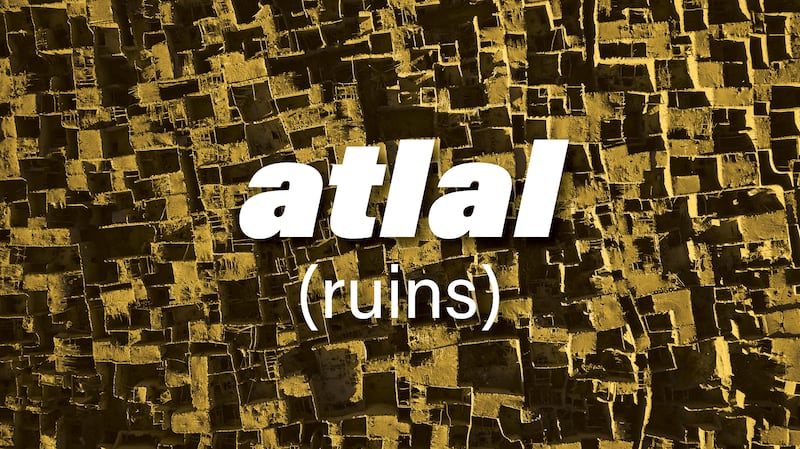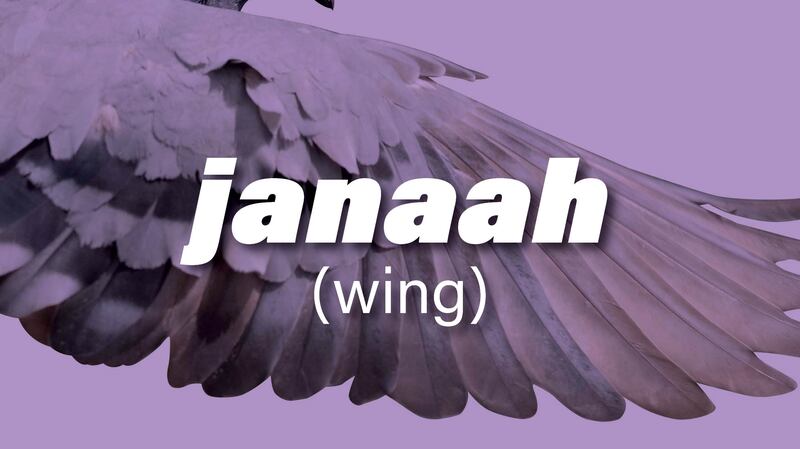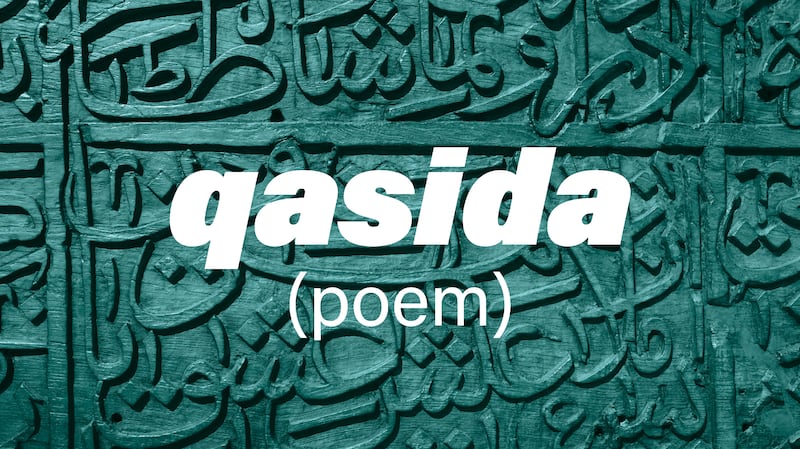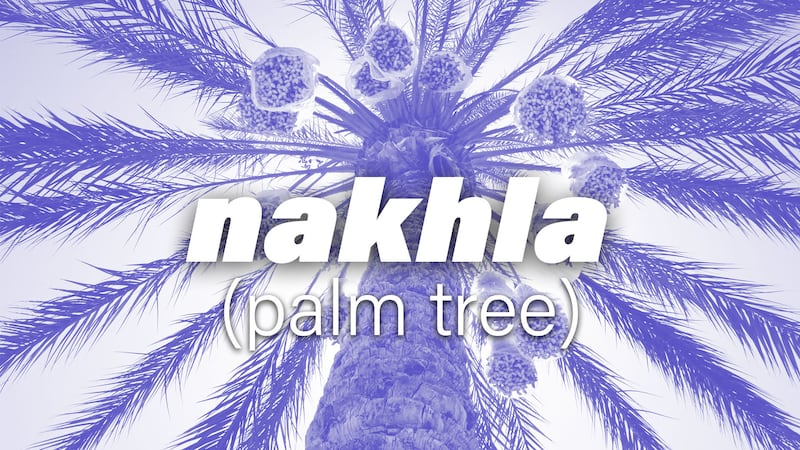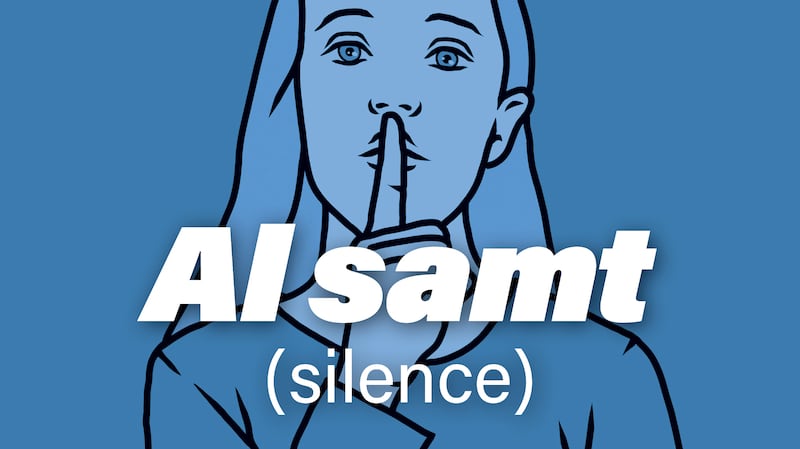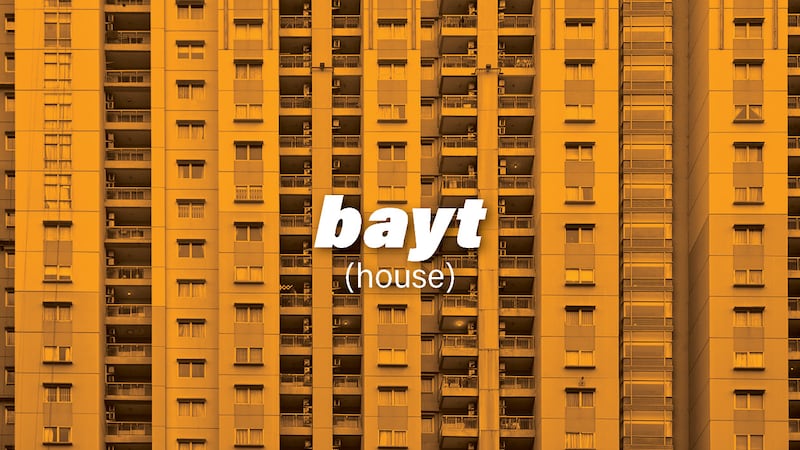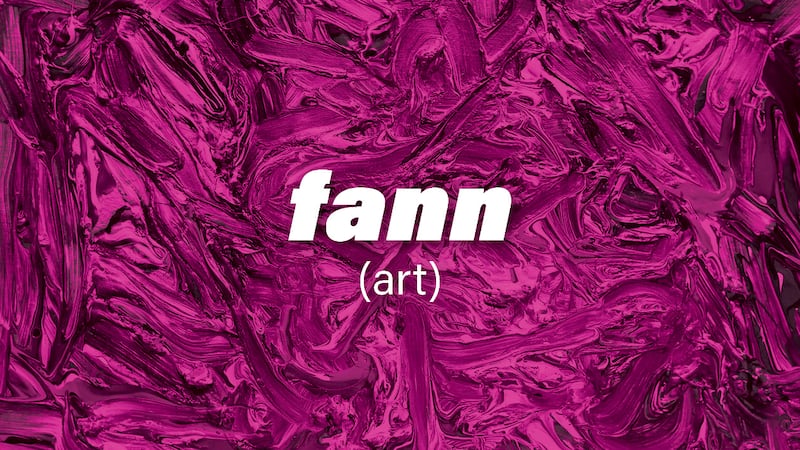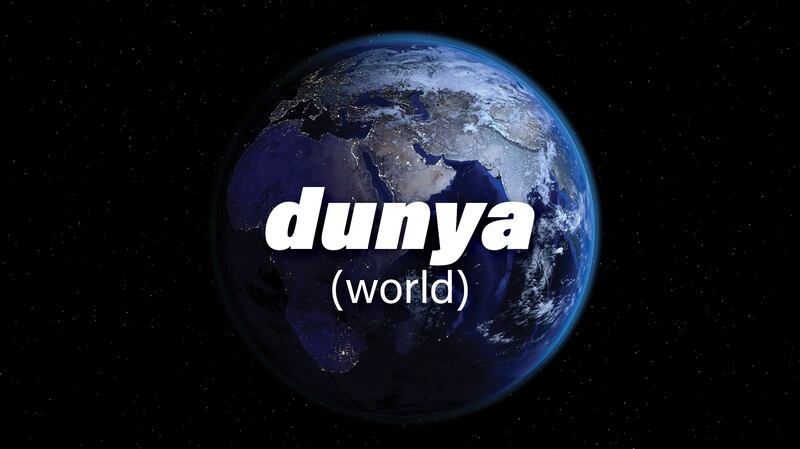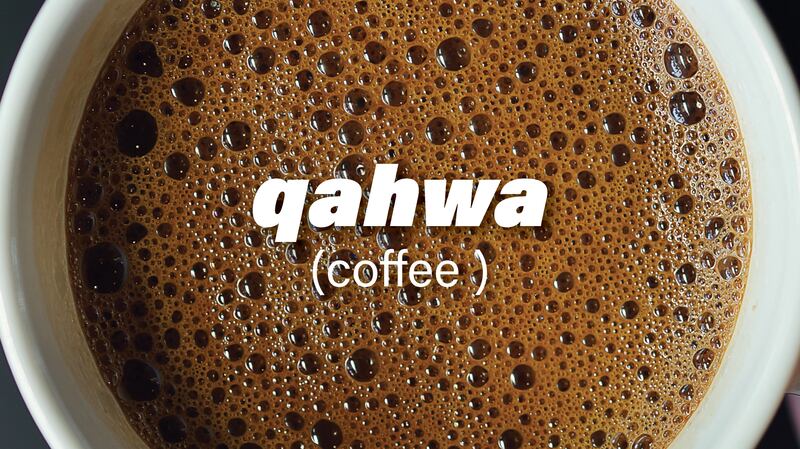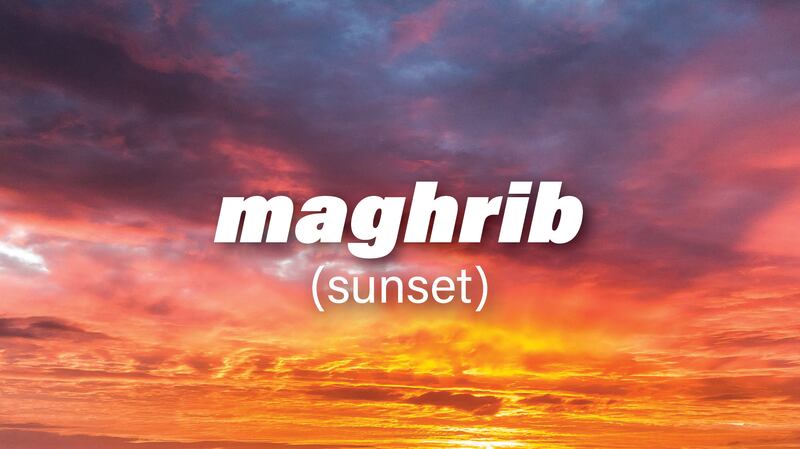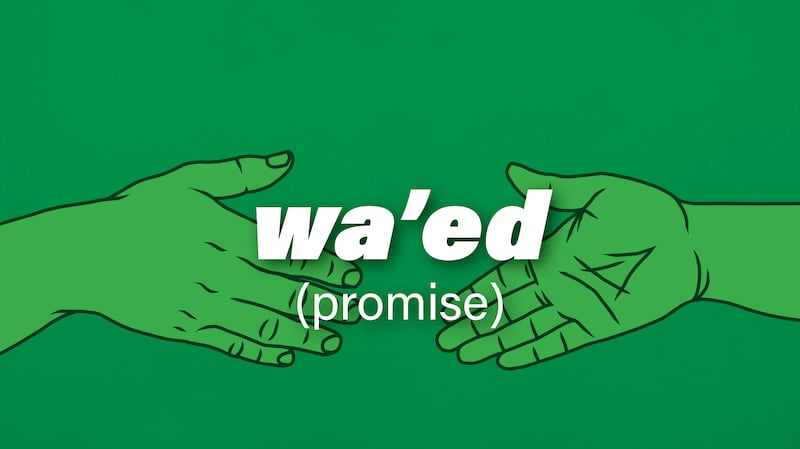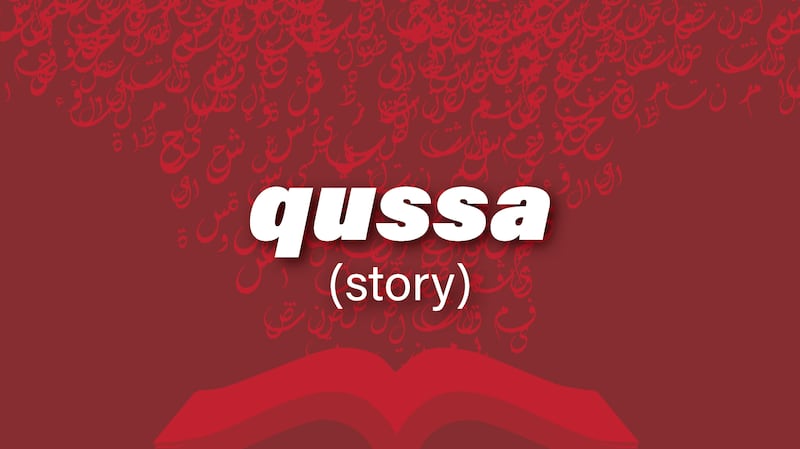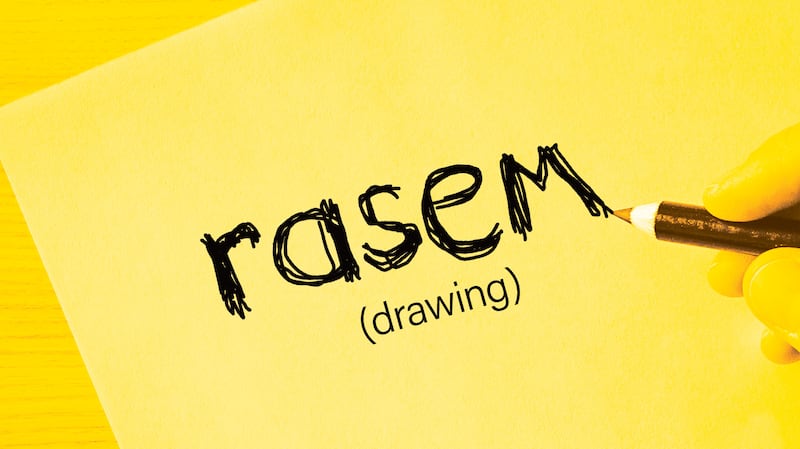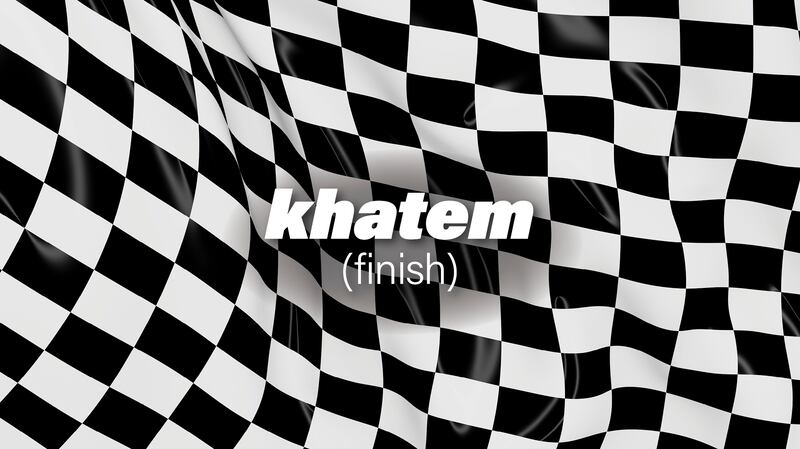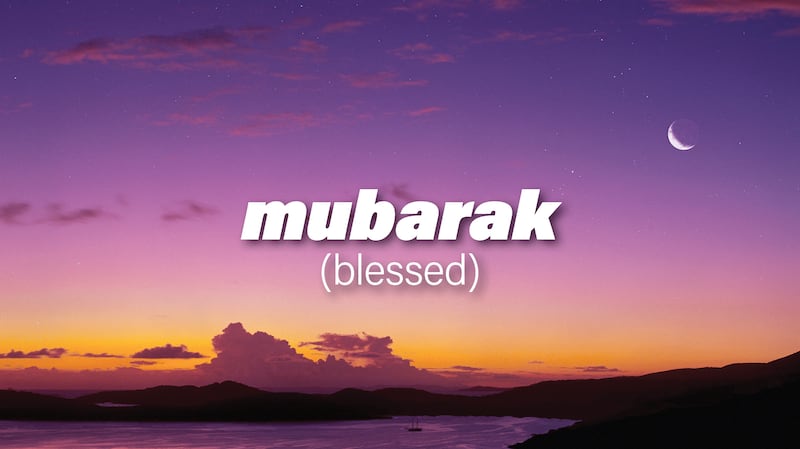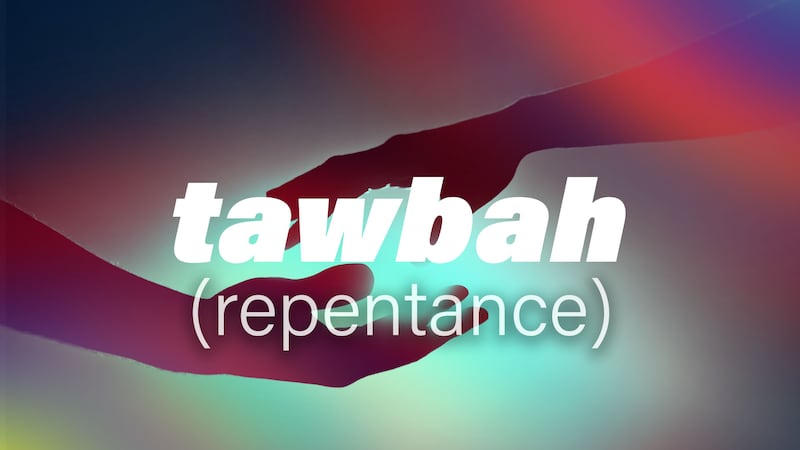In his seminal novel Anna Karenina, Russian author Leo Tolstoy wrote: "Spring is the time of plans and projects."
The sentiment that spring is connected to beginnings and renewal is a universal one. Across cultures and languages, in literature and art, spring is a symbol of hope and transformation as seen through nature after the cold and darkness of winter.
This week’s Arabic word of the week, rabe'a, is no exception. It is a word with interesting linguistic and cultural history and relevance.
Rabe'a is a noun, used across Arab dialects to refer to the spring season.
Rabe'a also forms part of the names of two of the 12 months of the Islamic calendar. The third month is called rabe'a al awaal, which translates to "the first spring" and the following fourth month, rabe'a al akhir, which translates to "the last spring".
In classical Arabic, rabe'a can also mean a stream, similar to English in how spring can refer to the season or a small body of flowing water.
Rabe'a can also reference the green areas of a plant. In fact, there are a number of flowers and plants named after the season, such as zahrat al rabe'a, which translates to "rose of spring" and is also known in English as primrose.
The Hoopoes bird, native to many regions including the Middle East, is also referred to colloquially as hudhud or abu rabe'a, which translates to "father of spring". Rabe'a al oumour is a phrase that translates to "spring of youth" and references a time in a person’s life where their youth, health and beauty is at its peak.
Rabe'a is also a masculine name used mostly in the Levant.
Rabe'a is also used as a measurement of a quarter. This particular meaning stems from the source word of rabe'a.
The origin of rabe'a is the verb raba’a, derived from the three Arabic letters Rah, Bah and Aain. It’s a word that has several meanings depending on the context in which it is used.
Its first and most common meaning in classical Arabic is something that happened or entered or has settled in somewhere. However, used in a different way, it can mean to separate or push something away. When used in the context that one feels raba’a, it refers to having sympathy and empathy for someone or a given situation.
Raba’a is also closely connected to the number four.
First, it is a marker for the measurement of four. For example, it can mean four times the power of something or marking four hours, four days or weeks, etc. The word roubou’u, which refers to quarters, is derived from raba’a, as is the word for the number four, araba’a.
Th symbolic significance of rabe'a is also a strong and multifaceted one in the Arab world. While it symbolises transformation, new beginnings and growth in nature, it does so culturally.
The protests, demonstrations, revolutions and uprisings that took place across the Arab world starting in December 2010 were named in both English and Arabic as the Arab Spring.
Al Rabe’a Al Arabi as it was referred to in Arabic, uses the idea of spring to symbolise a new political awakening, change and transformation. However, the term was deemed problematic for many.
It was seen as a phrase coined by western media in a way that frames the protests inaccurately, homogenising the region and oversimplifying the issues and the context of each individual Arab country.
Regardless, rabe’a as a word and concept is one that holds profound significance in Arab culture whether in nature, society or politics.


